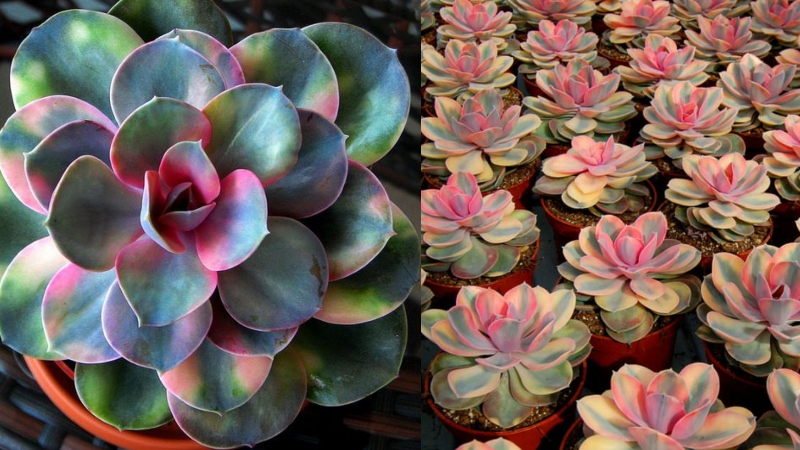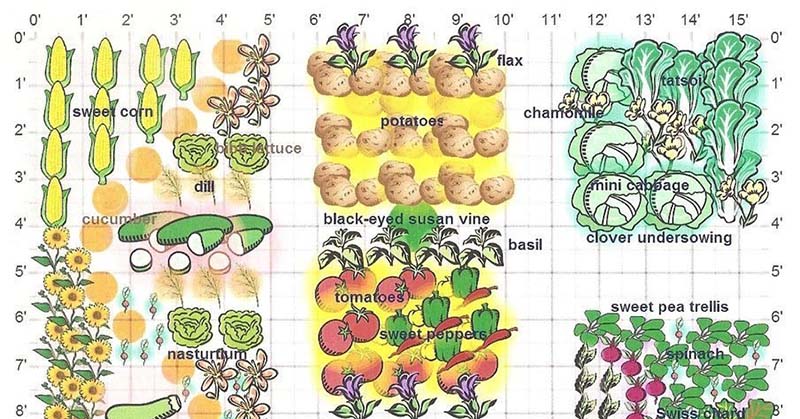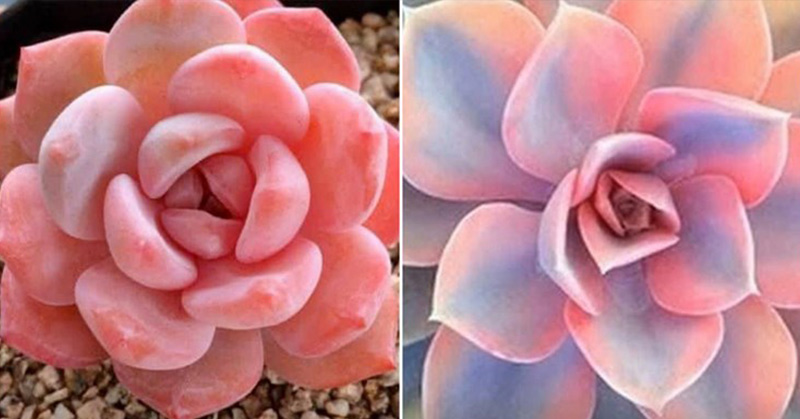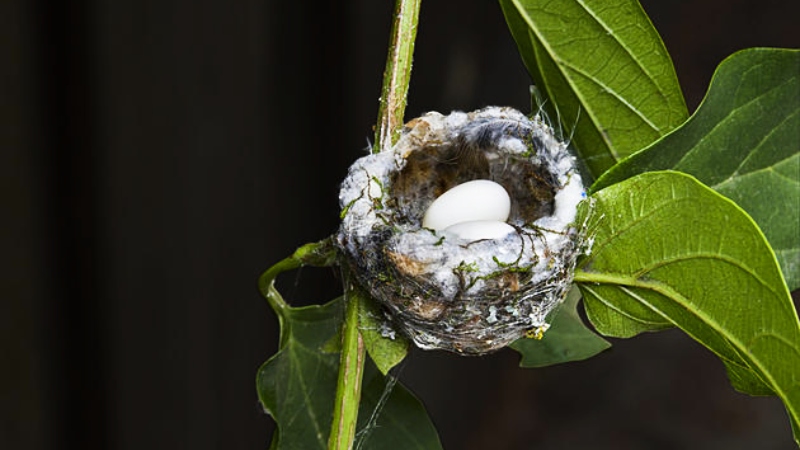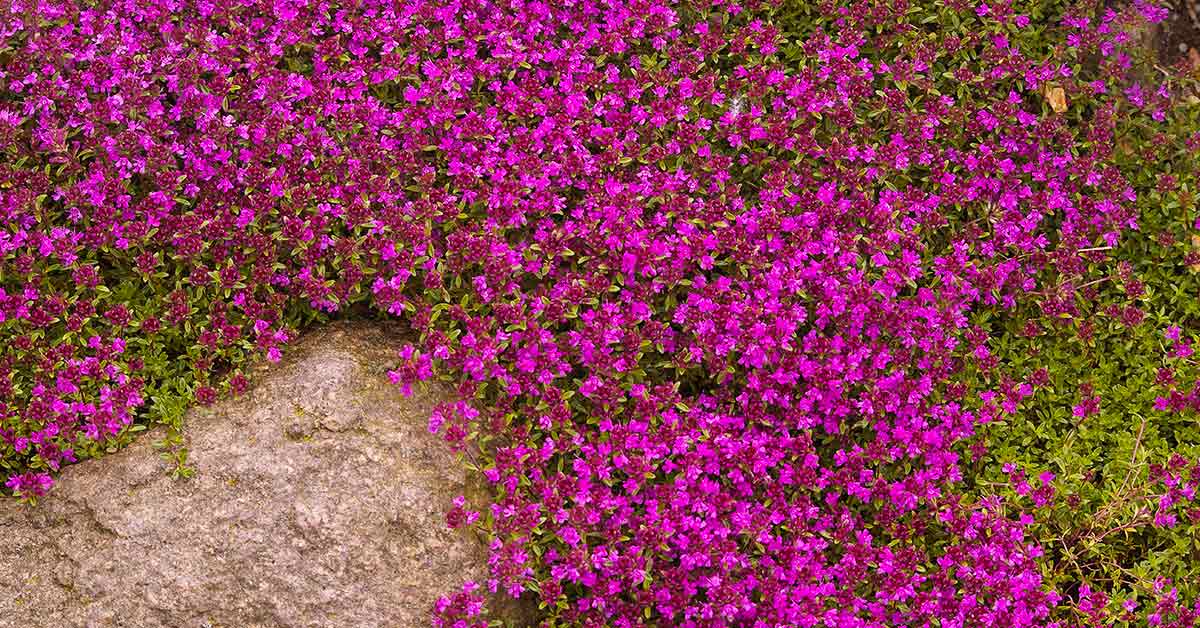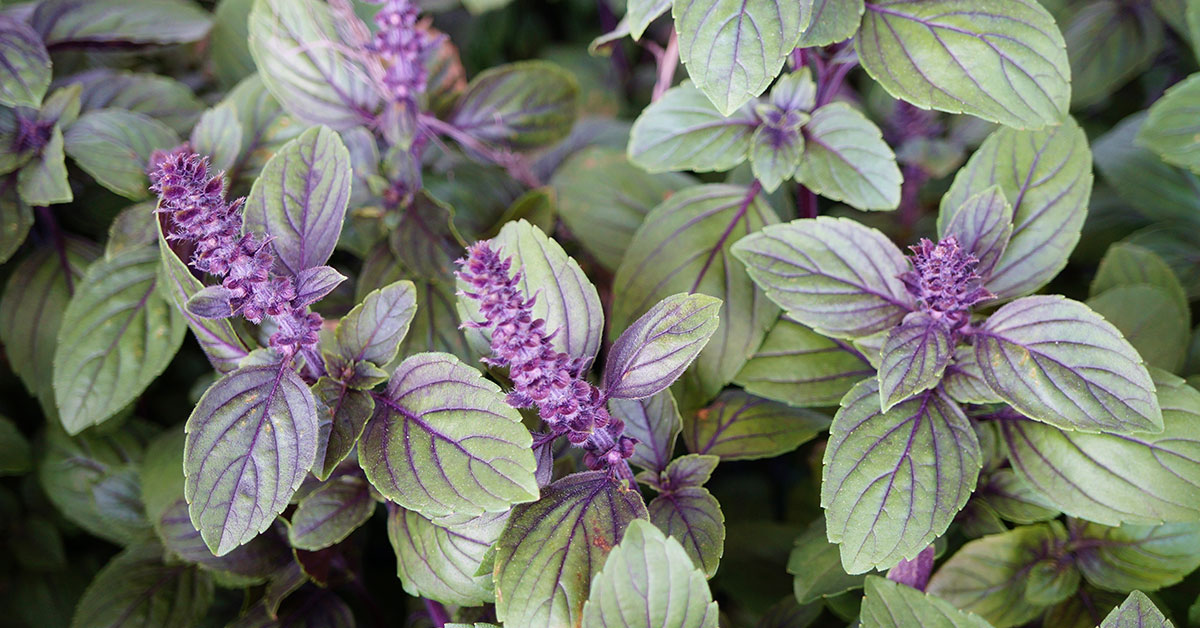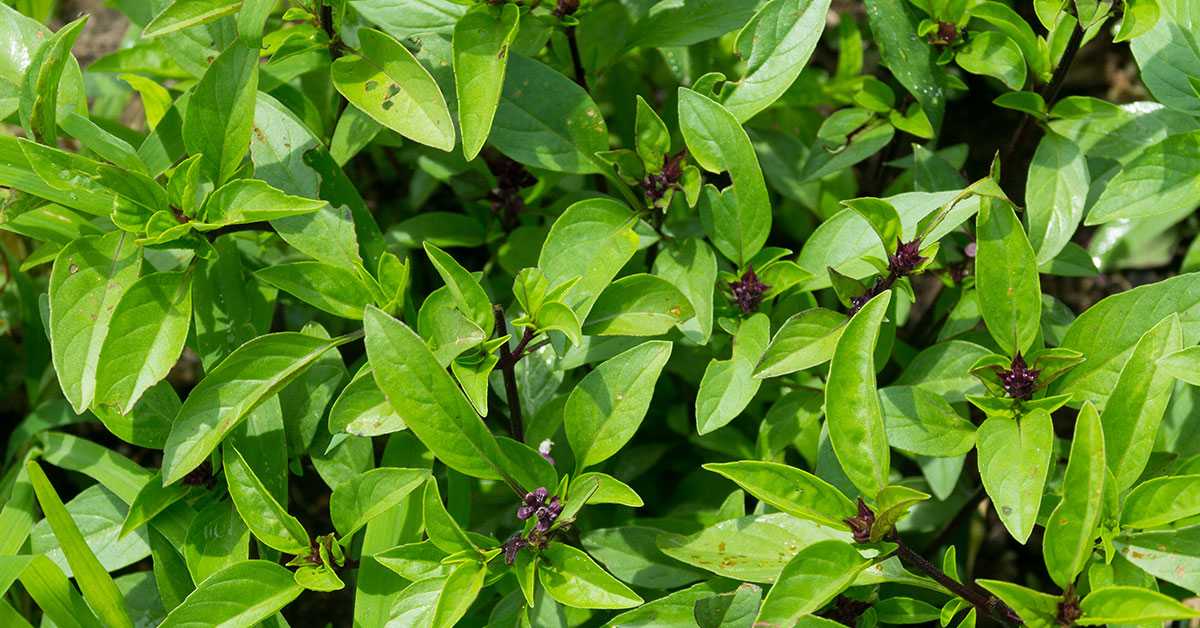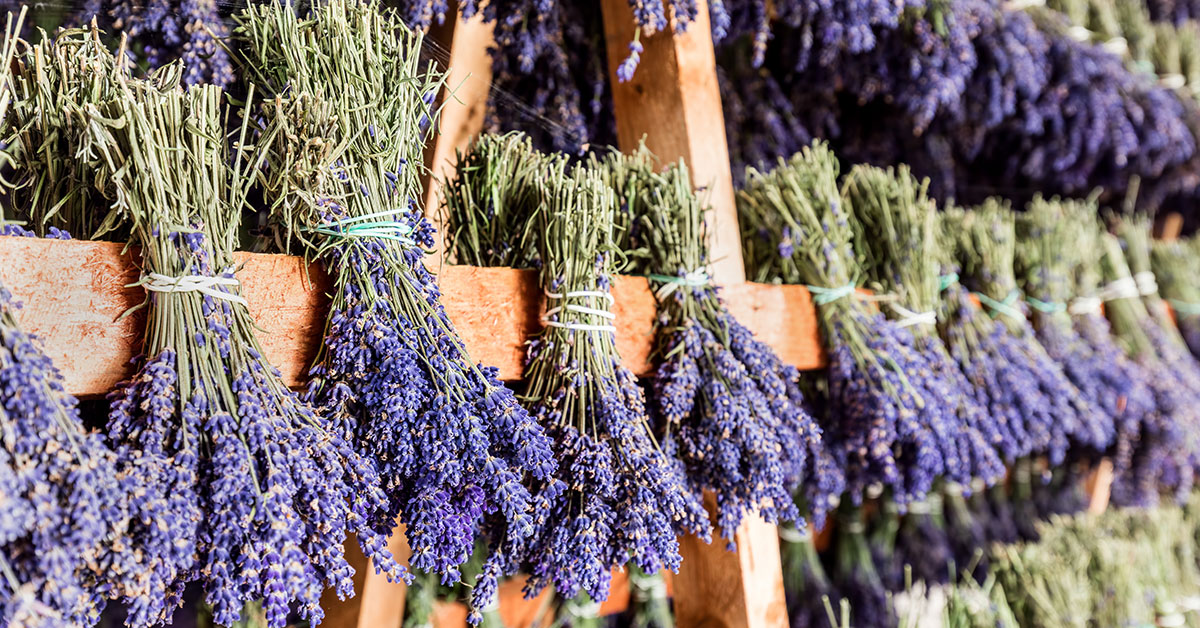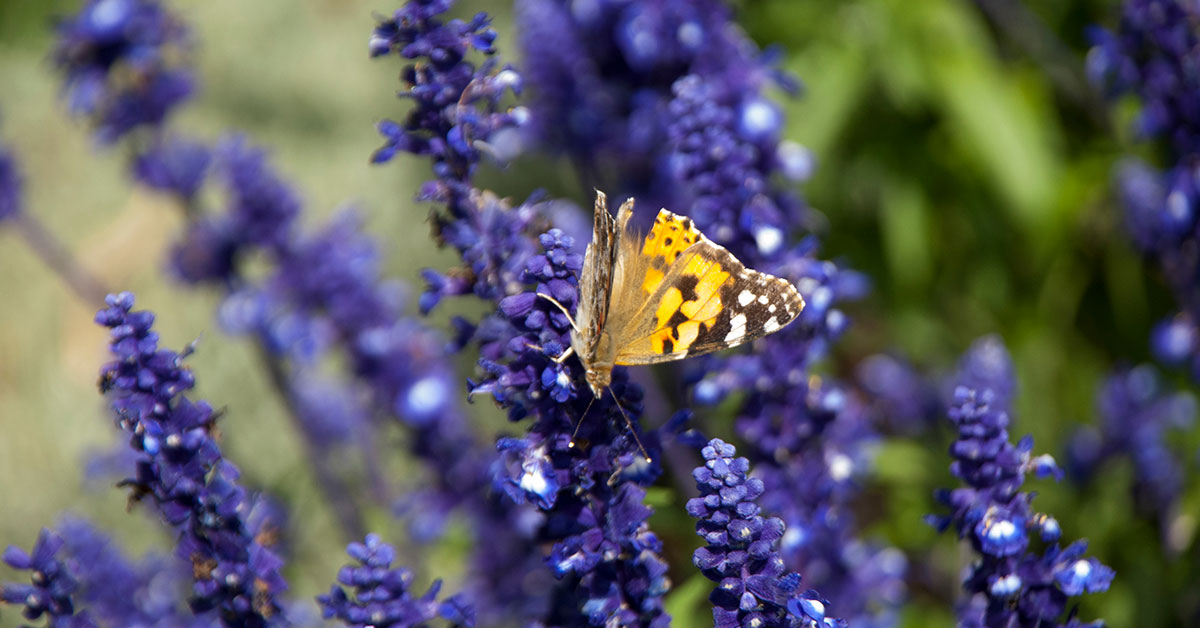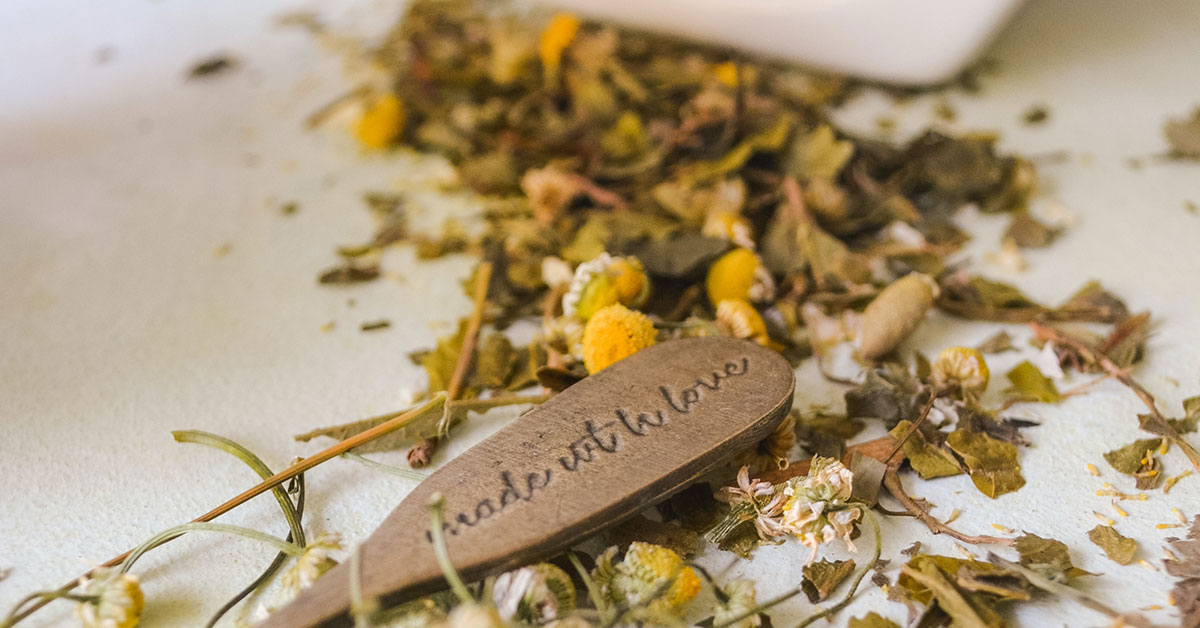Mint is a beloved herb known for its refreshing aroma and versatile uses in the kitchen, but there’s much more to the mint family than just peppermint and spearmint. With a wide variety of flavors and scents, rare types of mint can add unique twists to your culinary creations and garden. Exploring these lesser-known mints can be a delightful adventure for any gardener or cook.
In this article, I’ll introduce you to ten rare types of mint that you might not have heard of before. Each of these mints has its own distinct characteristics and uses, making them exciting additions to your herb garden. Let’s dive into the world of mint and discover these hidden gems!
Corsican Mint
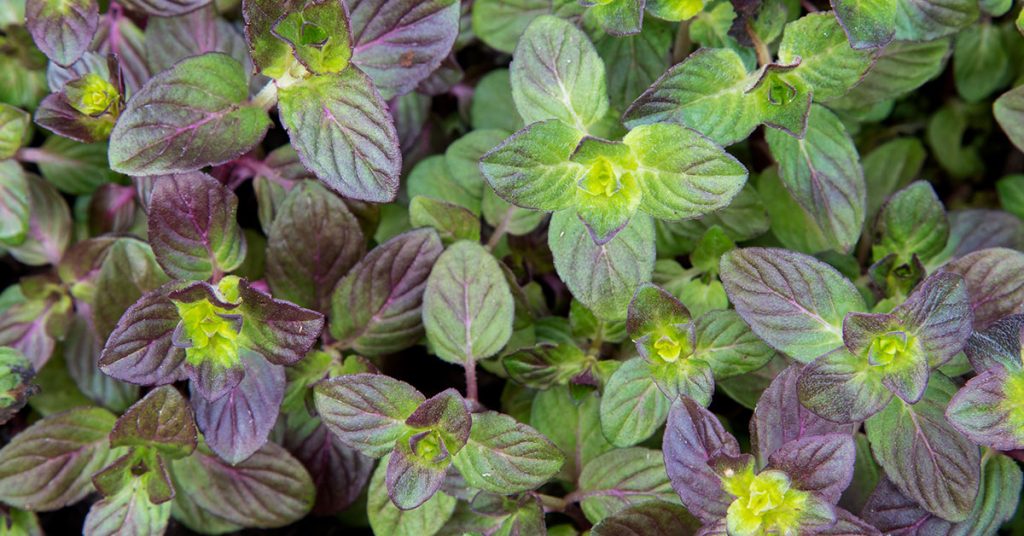
Corsican mint is a tiny, low-growing mint with a delightful, strong peppermint scent. This rare mint forms a dense mat of small, round leaves and is perfect for use as a ground cover in shady spots. Corsican mint is also used to make the liqueur crème de menthe, adding a touch of elegance to its culinary applications.
I love Corsican mint for its delicate appearance and potent aroma. It thrives in moist, well-drained soil and partial shade, making it an excellent choice for garden paths or between stepping stones. Its tiny leaves release a refreshing minty fragrance when stepped on, creating a sensory experience in your garden.
Apple Mint
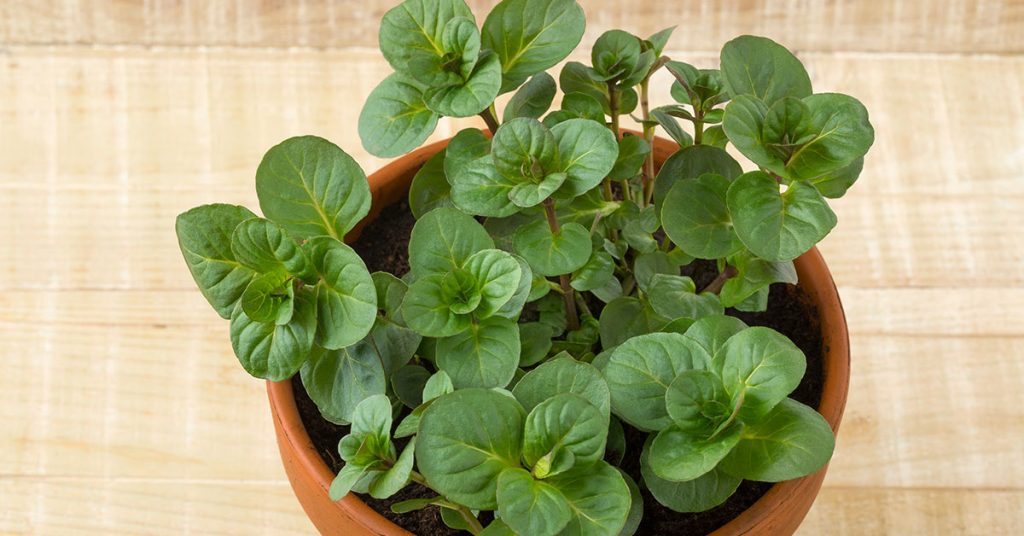
Apple mint is a delightful herb with a mild, fruity mint flavor that’s reminiscent of apples. Its soft, fuzzy leaves and tall, upright growth make it a unique addition to any herb garden. Apple mint is perfect for adding a subtle minty twist to fruit salads, teas, and desserts.
I enjoy using apple mint in my kitchen for its gentle flavor that doesn’t overpower other ingredients. It’s also a great companion plant in the garden, helping to repel pests with its aromatic foliage. Apple mint thrives in full sun to partial shade and well-drained soil, making it easy to grow and care for.
Chocolate Mint
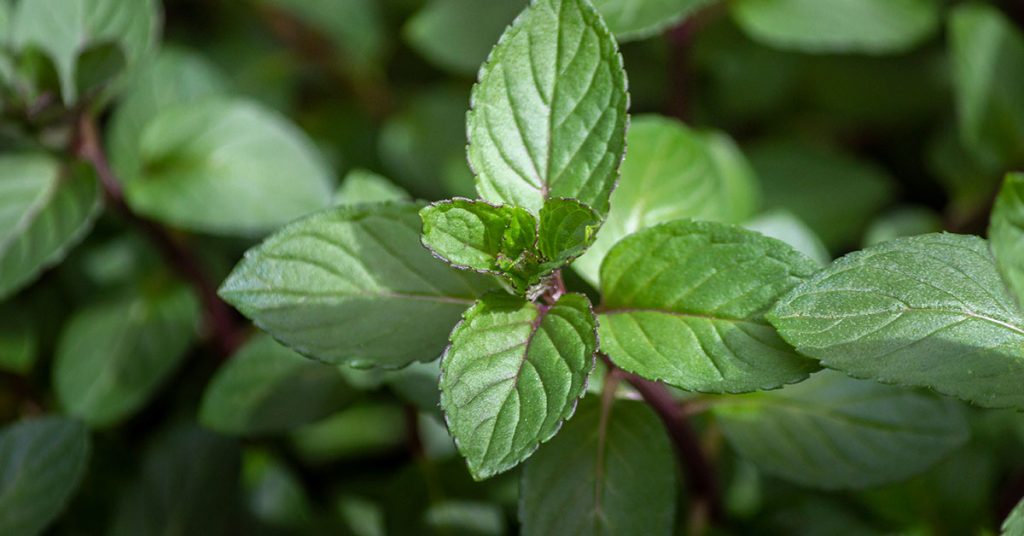
Chocolate mint is a delicious variety of mint that has a subtle chocolatey undertone to its classic mint flavor. This unique mint is perfect for adding to desserts, beverages, and even savory dishes for a hint of sweetness. Its dark green leaves with purple stems make it visually striking in the garden.
I love growing chocolate mint for its wonderful aroma and versatile culinary uses. It’s an excellent addition to homemade ice creams, brownies, and hot chocolate. Chocolate mint thrives in full sun to partial shade and well-drained soil, and it can be grown in containers to prevent it from spreading too aggressively.
Pineapple Mint
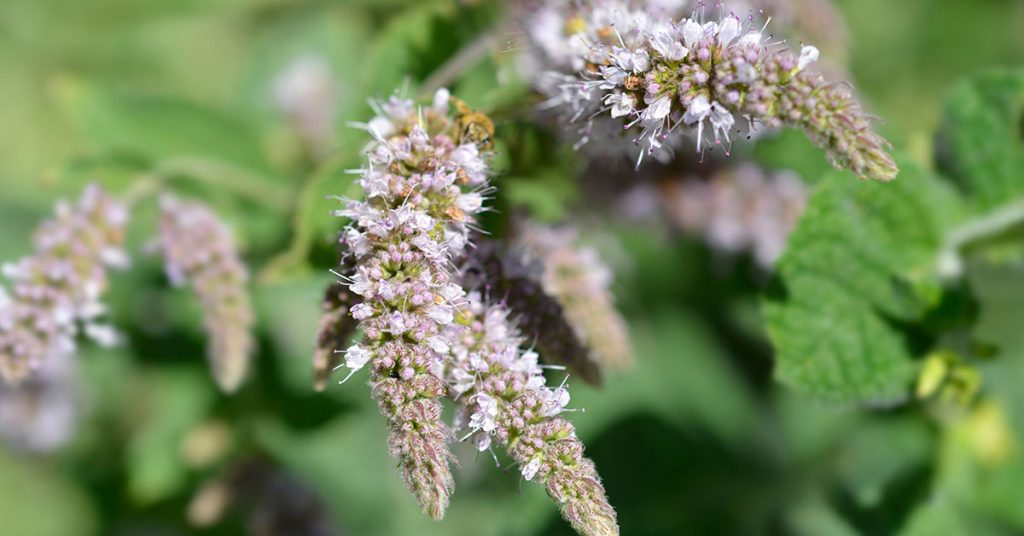
Pineapple mint is a variegated mint with green and creamy white leaves that have a sweet, fruity aroma reminiscent of pineapple. This attractive mint is not only beautiful but also adds a unique flavor to fruit salads, cocktails, and teas. Its striking foliage makes it a standout in any herb garden.
I adore pineapple mint for its vibrant appearance and delightful scent. It’s a wonderful addition to summer drinks and desserts, providing a refreshing twist. Pineapple mint prefers full sun to partial shade and well-drained soil, and it can be grown in containers to keep its growth in check.
Ginger Mint
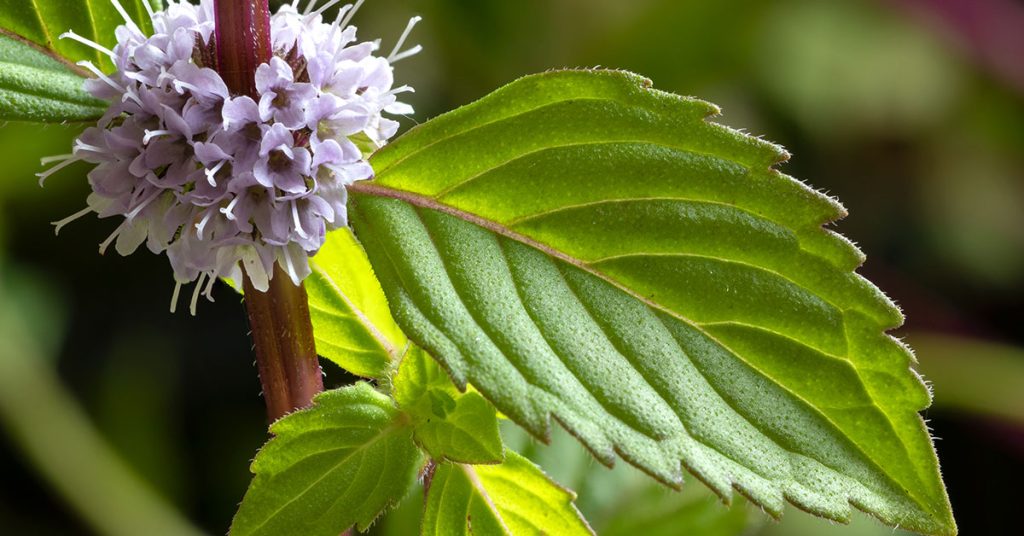
Ginger mint is a rare variety of mint with a subtle ginger flavor that pairs beautifully with its minty aroma. This unique combination makes it a fantastic addition to both sweet and savory dishes, as well as beverages. Ginger mint has bright green leaves with a slight variegation, adding visual interest to your garden.
I enjoy using ginger mint in my cooking for its distinctive flavor profile. It’s perfect for adding to stir-fries, marinades, and teas. Ginger mint thrives in full sun to partial shade and well-drained soil, and it’s relatively easy to grow, making it a great choice for any herb garden.
Basil Mint
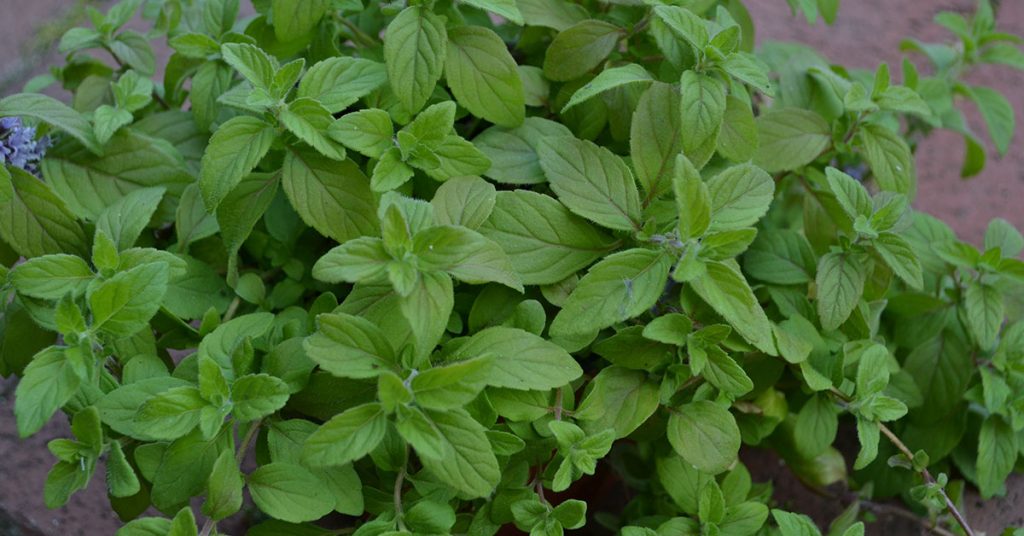
Basil mint is a fascinating hybrid that combines the flavors of basil and mint. This unique herb has bright green leaves and a distinctive aroma that blends the sweet, spicy notes of basil with the cool freshness of mint. Basil mint is perfect for adding to salads, pestos, and sauces for a unique twist.
I love growing basil mint for its versatile flavor that enhances a variety of dishes. It’s particularly wonderful in tomato-based sauces and Mediterranean recipes. Basil mint thrives in full sun and well-drained soil, making it a great addition to any herb garden or container planting.
Licorice Mint
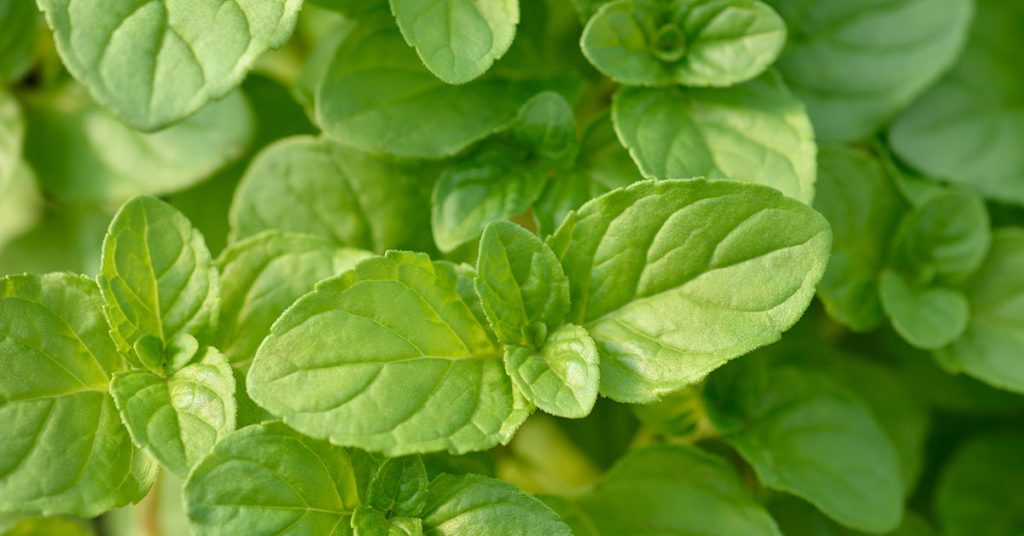
Licorice mint, also known as anise hyssop, has a distinct licorice flavor combined with minty freshness. This herb produces spikes of lavender flowers that attract pollinators, making it a beautiful and beneficial addition to your garden. Licorice mint is perfect for adding to teas, desserts, and savory dishes.
I enjoy the unique flavor of licorice mint in my teas and baked goods. Its tall flower spikes add a touch of elegance to the garden while supporting local pollinators. Licorice mint thrives in full sun to partial shade and well-drained soil, and it’s relatively drought-tolerant once established.
Lavender Mint
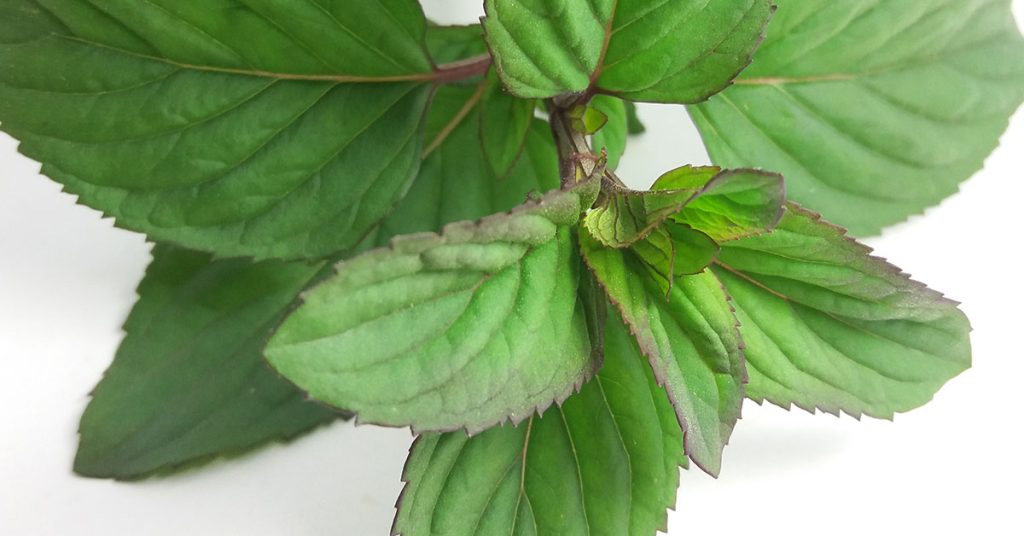
Lavender mint is a delightful herb with a floral lavender aroma and a hint of minty freshness. This unique combination makes it a fantastic addition to teas, desserts, and savory dishes. Lavender mint has dark green leaves and purple flowers, adding beauty and fragrance to your garden.
I love the soothing scent of lavender mint and its versatility in the kitchen. It’s perfect for adding to lavender lemonade, shortbread cookies, and roasted meats. Lavender mint thrives in full sun to partial shade and well-drained soil, and it’s easy to grow, making it a great choice for any herb garden.
Catmint
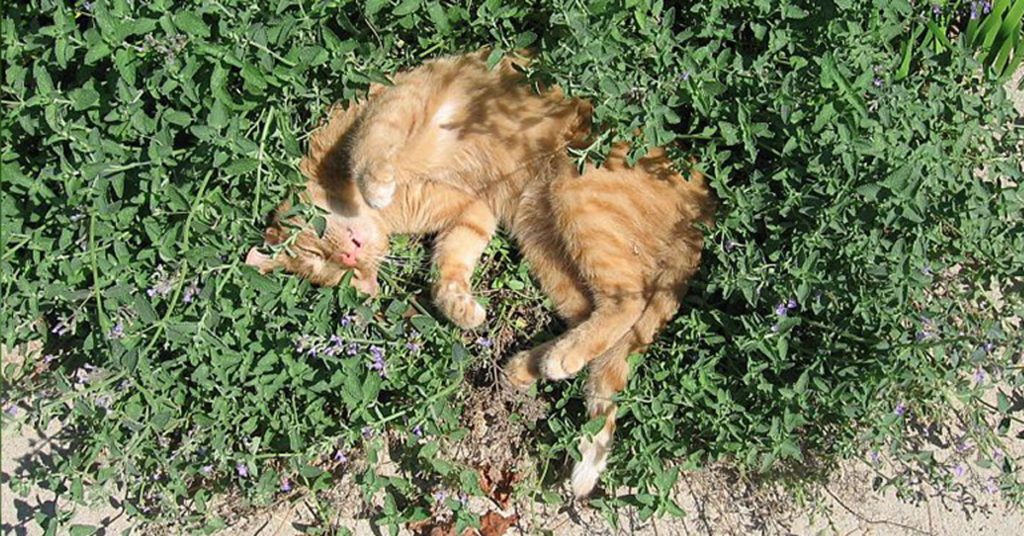
Catmint, also known as Nepeta, is a hardy perennial with a subtle mint flavor and a hint of citrus. This herb produces spikes of blue or purple flowers that attract bees and butterflies. Catmint is perfect for adding to teas, salads, and savory dishes for a mild, refreshing flavor.
I enjoy growing catmint for its beautiful flowers and versatile culinary uses. It’s particularly lovely in herbal teas and as a garnish for salads. Catmint thrives in full sun to partial shade and well-drained soil, and it’s drought-tolerant once established, making it a low-maintenance addition to your garden.
Lemon Bergamot
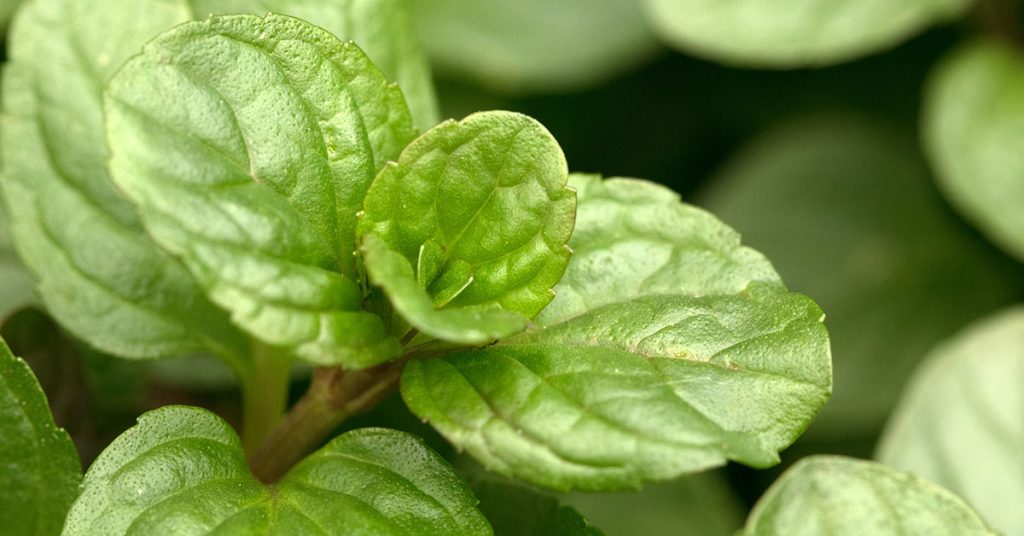
Lemon bergamot, also known as lemon bee balm, is a fragrant herb with a citrusy, minty aroma. This plant produces clusters of pink or purple flowers that attract pollinators, adding beauty and biodiversity to your garden. Lemon bergamot is perfect for adding to teas, desserts, and savory dishes for a fresh, zesty flavor.
I love the bright, lemony scent of lemon bergamot and its versatility in the kitchen. It’s wonderful in lemon balm tea, lemon curd, and seafood dishes. Lemon bergamot thrives in full sun to partial shade and well-drained soil, making it an excellent addition to herb gardens and pollinator-friendly landscapes.


